When it comes to Canarian traditional sports and games, it is like travelling to the past, to a culture that would be very difficult to understand were it not for the knowledge that has been passed down to us and the respect for our intangible heritage. The culture of the Canary Islands is the result of a melting pot of cultures: from the oldest one, the Berber aborigines, to the Spanish and Portuguese explorers and conquerors, and merchants from distant foreign lands. Thus, this culture has been influenced by so many sources that it is now exceptionally rich, and one can witness it by looking at the traditional games and sports that have been passed down generation after generation like a baton in a race.
Traditional Games of the Canary Islands: Before the arrival of the Spanish conquerors, these were simple games associated with functional and primitive aspects, since there is no evidence of group or collective games. We can, however, confirm that they had their own games without any major influence from other cultures up until the arrival of European explorers, which contributed to a greater interaction with other cultures and, thus, to the sophistication of their forms of communication and, of course, of their games. Back then, the games and sports of the Canary Islands were individual in nature or in competition with an opponent, so it was more of a physical activity rather than a leisure activity.
After this introduction, we would like to mention some examples of the most relevant games of the Canary Islands: Canarian wrestling, juego del palo, rock-throwing, rock-lifting, salto del pastor, salto de vara, pelotamano, pina, lateen, bola canaria, horse racing and ring racing, livestock-pulling, plough-lifting, Tablas de San Andrés, cacharros, calabazo or billarda. Some of them are not practiced in all the islands, so we will point out if they were known in all or most of them. Complete information: Traditional Canarian games
Canarian Wrestling: Wrestling was common during celebrations, but its customs and rules are not exactly known today, thus we cannot be sure if its structure is similar to that of modern Canarian wrestling. In this sport, two adversaries face each other, crouching slightly and holding the cuff of their opponent’s shorts; their goal is to force the other to lose their balance and touch the ground with any body part other than the sole of their feet, all while staying in a circle and in less than one and a half minute. To achieve this, a series of different techniques can be used, but it is forbidden to hit the adversary. It can be done in groups, individually, classified by weights, categories, challenges, et cetera. The most common version involves teams of twelve wrestlers facing each other individually.
Juego del palo: This sport is the result of warfare developments, and it is basically fencing with thick wooden sticks instead of swords. The first records about this game are dated all the way back to 1402, in Jean de Bethencourt’s chronicles, where he wrote about the people of the island of El Hierro, who carried spears without an iron head. The sticks can be short, medium or long in length: the short ones reach from the ground to the hand, the medium one to either the heart or the chin, and the long one is taller than the user, being able to reach anywhere between two and four metres in length. They were usually made out of different types of wood, like juniper, palo blanco (Picconia excelsa), olive, Visnea mocanera, tamarisk, holly, almond, quince, et cetera. The short stick is thick, while the medium one has two parts: the trozo (where it is held) and the punta (the point); the long stick has a uniform thickness. The best players barely move from their place, using a series of effective techniques and changing their movements so their adversaries cannot predict their next move.
Rock-throwing: This is yet another game that was developed from warfare activities. There are several historical records that speak of the aborigines and their impressive ability to use rocks as throwing weapons, going as far as carving the rocks they used for this goal. In 1594, Brother Alonso de Espinosa, wrote: “[…] they used big round balls made of stone that they threw with all their strength.”
Rock-lifting: ue to the use they made of stones, the aborigines ended up developing a new and peculiar way of testing their strength. This test presented two versions: rock-lifting and pulseo de piedra. Pulseo consisted on lifting the rock over one’s head without it touching any part of the lifter’s body except for the hands, while rock-lifting proper allowed to use other body parts (e.g.: the shoulders).
Salto del pastor (Shepherd’s Jump): This game was evidently developed from shepherds and their job taking care of the flocks. The stick used to jump in this sport is very similar to the long stick used in juego del palo, differing only on the fact that the former has a hood-like piece of iron on the end that comes into contact with the ground, which guarantees a stronger grip. There are several ways shepherds can compete against each other, like testing who can jump the highest or from a higher place, making a hole in a coin with the stick, or jumping with the stick against their back. It appeared as a way for shepherds to overcome the terrain’s irregularity in their daily life and it is known in all the isles. The most common jumps consist on sliding down the stick once it is completely vertical to the ground or jumping over an abyss.
Salto de vara (Rod-jumping): There are not a lot of historic references left about this game and it is now considered lost. The only record we have left is from Abreu Galindo (1602), in which he writes about the customs of the people of Lanzarote and Fuerteventura, who he said were “light-footed and skilled jumpers, and this was their main sport”. Two men took a cane, one at each side of it, and lifted it horizontally as high as they could; then, the jumpers had to jump over it as many times as possible.
Pelotamano: A derivation of French jeu de paume that can still be found today. This game arrived to the Canary Islands somewhere around 1402, during the expedition of Jean de Bethencourt and his court. The first records of this game can be found in Teguise, from a 1616 document that mentions the sale of some houses located near a playing field. It consists in throwing the ball back to the other team by hitting it with the hand before it bounces twice or stopping it with a hand or foot. The team must gain the opponent’s ground by marking where the ball was sent from each time. The playing ground is long, only limited sideways; on the back, there are two stones called cabo de bote and the distance between them makes an imaginary line that limits the sides of the field. Its dimensions are usually sixty to seventy steps long front to back and eight to nine steps from side to side. The punctuation is marked by fouls or puntos y rayas (points and lines). When all the points have been scored in a game, they count as one chico; five chicos make a pajero. It is usually played in teams of five players, but it can also be played by teams of four or six players.
Pina: This is yet another game played with sticks or canes. It is believed it was developed from Lacrosse, of which there are records from French miniatures from the 14th century and even from ancient Greece. The first known records of pina are from the 19th century, from an 1884 festival: “Holidays, wrestling, and games of juego de pelota and pina are celebrated in the town square” (Fernández Castañeyra). As far as we know, it was a farmers’ game in which one had to take a wooden ball called pina to a goal at the end of the opponent’s field by hitting it with a stick; meanwhile, the other team had to stop them and vice versa. This game was for men only, as tackling other players was common. The game started from the centre of the field, both at the very beginning of it and after every goal, and the playing field was marked with lines on the ground. The game’s end depended on the time of day (i.e.: when the sun went down or depending on the amount of natural light) rather than the accumulated points. The ball was usually made of pine or heather wood and the sticks were light and rather short (around fifty centimetres long) with a curved end to hit the ball better.
Vela latina (Lateen): The vela latina or Lateen dates back to somewhere between the 18th and 19th centuries with the felucca. It is distinguishable by its triangular sail and it was already used in the Mediterranean and the Pacific sea. The felucca was probably one of the first vessels with these characteristics. Initially, these small boats where used for fishing, around five and a half to eight and a half metres in size and easy to manoeuvre thanks to the design of its sail. The first records that refer to lateen as a sports competition was in the 19th century, from an article in a newspaper announcing the route to follow and the promise of a prize to whomever could complete it in the shortest amount of time.
Bola canaria: This is one of the oldest games that we have recorded documents of, since it was already known in Ancient Egypt. It belongs to the bocce family and it is thought to have arrived to the Canary Islands from the Iberian Peninsula, but it is unknown when or who brought it. Lanzarote is one of the places with the biggest bola canaria tradition, and the players from this island were considered the best and most respected of all the islands. Many claim the game was born in Lanzarote, and the island contributes the most in its development and circulation to other islands. The best balls are made of palo blanco (Picconia excelsa), which is also used for the wheels in windmills and was brought from the isle of La Palma.
The game goes like this: each team has to throw their balls from the starting line and try to get them as close as possible to the boliche, a metallic smaller ball. To start the match, a coin is flipped to choose which team gets the boliche and they can also choose the colour of their balls. The team that gets the boliche must throw it into the playing field and gets the first turn. When the team is out of balls, it is the other’s turn, in which they must either get closer to the boliche or hit their opponent’s balls so they are further away. They can even hit the boliche to keep it away from the other team’s balls. Each ball is then given a punctuation depending on the one that is closer to the boliche. The team with the most points, wins the match.
Horse racing and ring racing: Horse racing proper go all the way back to the 15th century, when it was limited to the royalty. The first reference of horse races in the Canary Islands is from 1527, in a bylaw from Tenerife’s Island Council about the celebrations organised in honour of the birth of the future king Phillip II.
Ring racing, also known as ribbon racing, are horse races that evolved from medieval tournaments and floral games, so they have always met with a large participation. In these races, the riders, following a turn determined beforehand by the judges, must gallop or canter under a structure composed of two vertical posts on which rests another, horizontal post, and they have to put a pointy stick of about twenty centimetres through a ring or ribbon that hangs from a coloured sash tied to the horizontal post. The sash is tied with a reel, so there are no risks of it getting caught on anything. Points are awarded to the riders for every stick that successfully goes through the ring, and, in the case of a tie, the involved riders must ride again. The stick must go through the ring cleanly, and it is not allowed to skewer the sash. Every few races, the reels are replaced if it is needed. The horizontal post is placed around two and a half to three metres high, although it mostly depends on the height of the horses.
Livestock-pulling: This practice has been known since around 1602 and it was initially a ludic activity that turned into a competition in the Fiestas del Cristo of La Laguna, Tenerife, in 1938. This game main characteristic is that it is a friendly sport in which animal cruelty is absolutely forbidden. It consists on having livestock complete a seventy metres long route in the shortest amount of time, all while pulling dead weight with the aid of an oxherd with a rod. Animals that can participate are oxen, bulls and cows, and they are divided in categories.
Plough-lifting: People like to test their strength, and farm labours were the perfect way to do it. It was common to see demonstrations of plough-lifting at wrestling competitions. It consists in lifting a plough with one’s arms, hold it balanced in a vertical position and then show it to the audience with a closing turn. The ploughs were between 4.45 and 4.75 metres long and could weight up to a hundred kilograms.
Billarda: This game is played in two teams of two people. Each has a stick of about a metre long and the billarda is a fifteen-centimetre-long piece of wood. The playing field is demarcated between two horseshoe-shaped goals that are ten steps away from each other. Each player is paired with an opponent and stands in the goal. Therefore, each goal has one defence and one attacker; you have to throw the stick and, if you hit the billarda, you have to run with your partner back and forth from goal to goal. The match ends whenever a team gets twelve points.
Have you enjoyed this article? Would you like to play? Let’s not forget that passing down our traditions is part of our intangible heritage. Do not miss on the opportunity to teach your clients about these games and sports, and more!
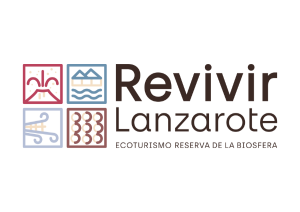





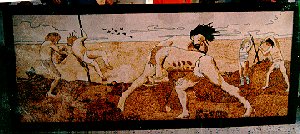
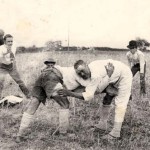



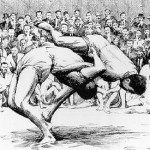
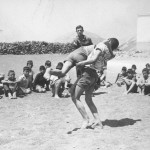
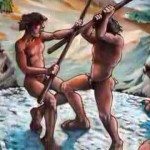
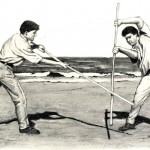
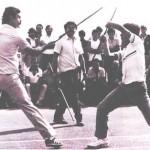
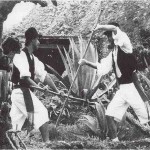

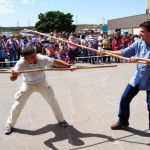
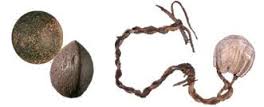
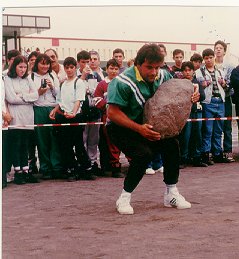
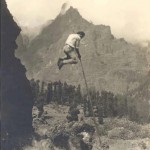

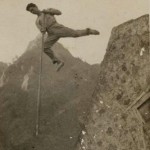
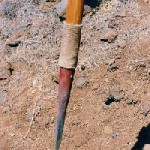
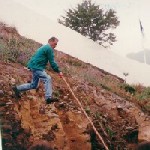
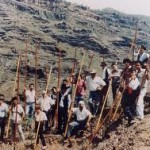
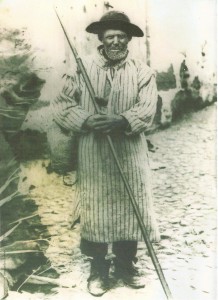
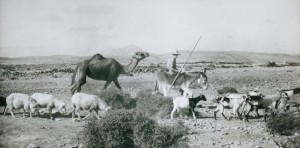
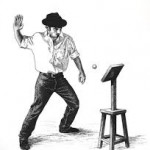
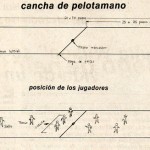

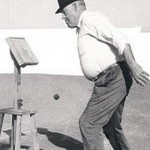

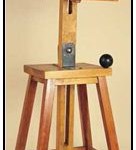
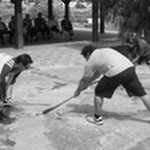
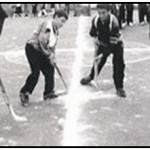
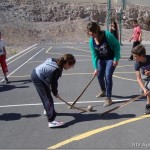
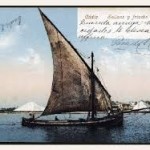
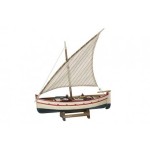
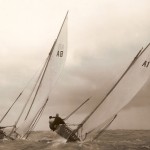

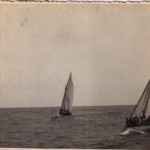


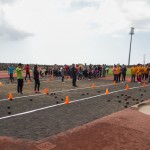

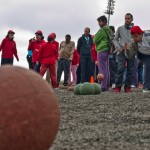
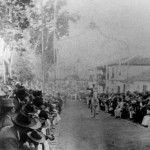

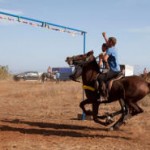
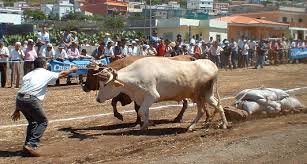
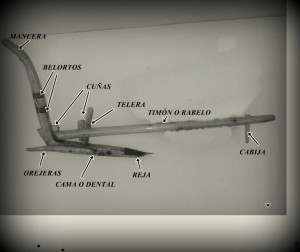
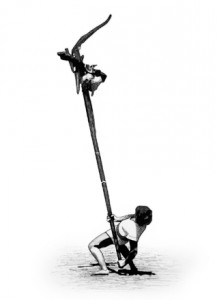
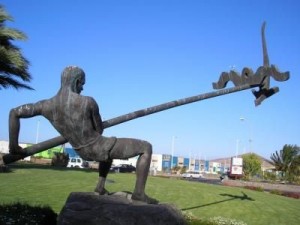
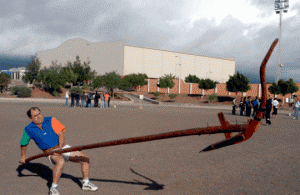
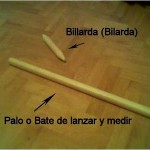

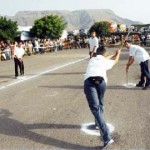

No Comment
You can post first response comment.